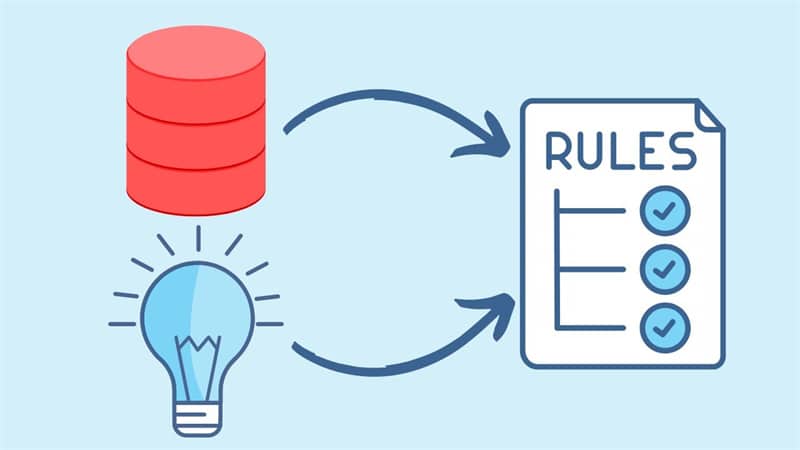
Process automation is when a business uses technology to automate business processes, usually as a means of increasing efficiency and decreasing cost. So, if regular process automation relies on technology — what in the world is Robotic Process Automation? Could it possibly be leveraging the power of Terminator-style robots to get work done?
Unfortunately — or, perhaps for the sake of the future of the human race, fortunately — no. Robotic Process Automation, commonly abbreviated to RPA, is a form of regular process automation that uses a unique type of software too, called a bot. Bots can mimic human-computer interactions more easily than other forms of programming, and they can be created by regular business professionals rather than dedicated software developers, which is largely what makes RPA attractive to business leaders.
So, how do you know if you have a process that can be outsourced to RPA? Read on to find out a few of the qualifications necessary for automation by bot.
Rules-driven

Arguably the most essential criterion for a process that can be transformed through RPA is that the process consistently follows a strict set of rules. A bot will be unable to utilize creativity to overcome problems, and because you don’t want your automation efforts to depend on workers constantly rectifying issues that bots cannot address, you should only outsource to RPA processes that are almost entirely driven by a simple set of rules.
Repetitive in Nature
Humans generally don’t enjoy repetitive tasks, as they rarely offer challenge and creativity. In contrast, robots love a repetitive job, and the less meaningful the task, the better. Repetitive tasks tend to be governed by rules sets that are easy to replicate for RPA.
What’s more, reassigning staff from repetitive tasks to more engaging responsibilities will drive up employee morale.
Data Intensive
Robots are excellent at churning huge amounts of data — quite unlike people. Therefore, RPA is a good choice for processes that involve the systematic use of large volumes of data.
Not only will reassigning these processes to bots free your workforce for easier and more enjoyable tasks, but it will likely decrease error rates, as well.
Electronic Trigger
RPA works best when the prompt for beginning a process can be linked to some electronic trigger, like receiving data files. If a process does not currently have an electronic trigger, you might consider how to create one before setting up RPA.
Then, you won’t have to assign a worker to launching the bot when circumstances for the process are met.
High Error Rate
Making mistakes is an inalienable component of the human condition, but there are some processes that human staff will endure greater struggles to complete, resulting in a higher-than-average rate of errors.
If those processes meet other criteria on this list, they might be better served as automated tasks within RPA, as bots might be better equipped to recognize and prevent mistakes.
Manual Calculations
The more manual calculations staff need to make to complete a process, the more likely they are to produce massive and dangerous errors. If an error occurs early in a process, it might throw off every subsequent calculation, necessitating significantly more work to identify the problem and rerun the results.
Because calculations tend to be highly rules-driven, they are easily managed by RPA, which is less likely to make major errors.
Validations
Related to error rates and calculations, validations are checks that typically occur between processes to prevent the perpetuation of mistakes. If a process involves multiple systems that have various validations in the midst of them, it might be wise to outsource that process, or at least the validation component, to RPA.
Out-of-Hours

Some businesses maintain processes that are run around the clock or at least after-hours, when the bulk of their human staff would prefer to be home.
Assuming these processes are driven by rules, they are excellent candidates for RPA as few employees will complain about losing responsibilities that would keep them clocked in longer than their assigned shifts.
High Compliance
Regulatory compliance can be difficult to manage, but failing to maintain compliance is not an option for most businesses. Fortunately, because many compliance issues can be broken down to discrete rules, processes that are impacted by compliance can often be governed by RPA.
Most businesses big and small can benefit from some degree of process automation, and RPA has the potential to save you even more time and money. If you still aren’t sure where to start with RPA, you can contact an RPA provider for more guidance.










